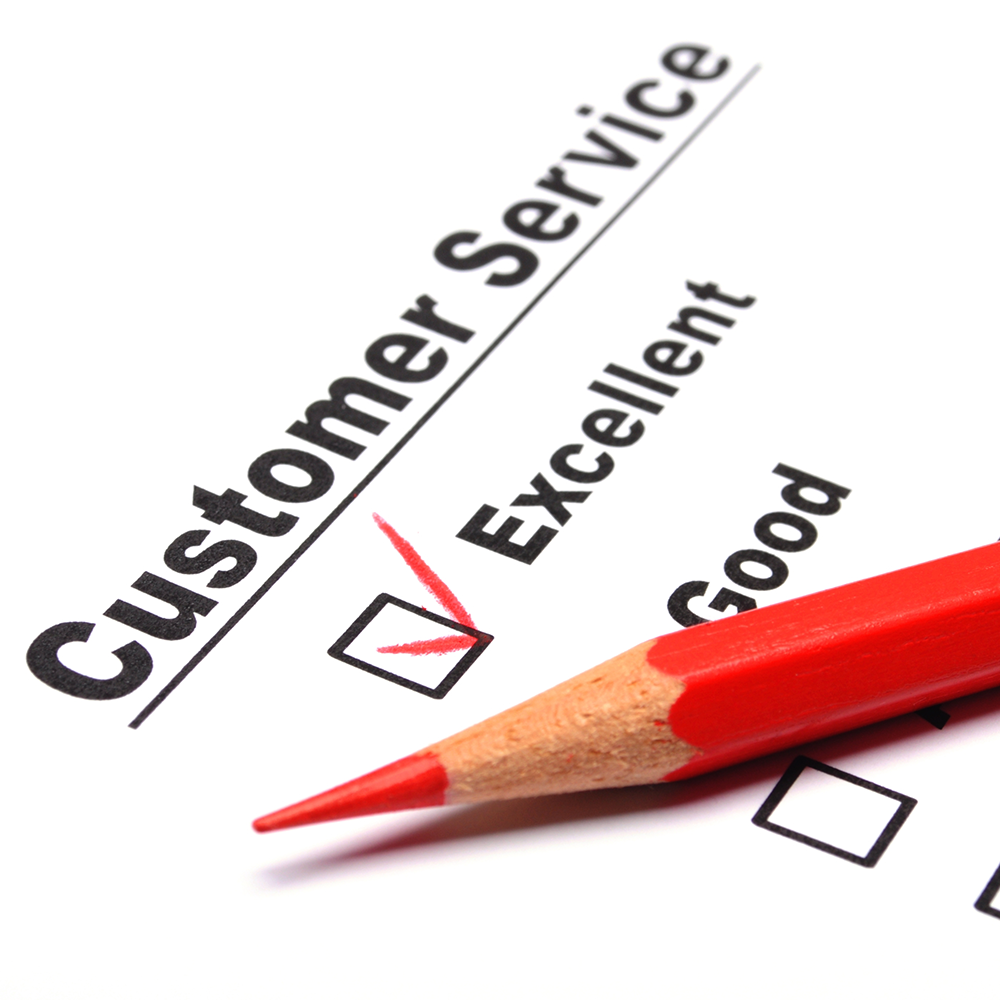Many continuing education providers use evaluations to assess what their learners think about an individual educational product. Occasionally, an organization will conduct a member-wide survey to collect information on the educational opportunities provided. Seldom, if ever, do continuing education providers conduct a Net Promoter Score (NPS) survey. As a part of a blog series about things InReach does that you should consider doing, I propose you start doing an annual NPS survey.
What is a Net Promoter Score? It is a percentage calculated by using a 10-point scale in asking your customers or members to answer a single question: “On a scale of 1-10, how likely are you to refer XXXXX to a colleague?” While the question may vary slightly, you are basically collecting data that will measure the loyalty of your members or customers. Sometimes a second question is asked where you solicit a reason for the score given. Citation.
To determine the NPS you subtract the percentage of respondents who are detractors from the percentage of respondents who are promoters. Responses scored at nine and 10 are identified as Promoters. Zero through six responses are identified as Detractors. Scores of seven and eight are considered Passives. Passives are included in the total number of respondents, but are not counted towards the final score.
Granted, the NPS can be harsh. InReach staffers have objected to eights and sevens being considered passive. Their argument is a good one. “We would go eat at a restaurant that receives an eight out of ten rating, right?” However, the NPS survey seeks to identify those customers that would be passionate about their recommendation; thus, the limit in identifying the nines and tens as promoters.
A Net Promoter Score can be as low as -100% and as high as 100%. Anything above 50% is generally considered excellent. Citation. Many companies identify benchmarks and measure themselves against competitors. While fun to do, what you should really be doing is measuring your scores from year to year to track your status.
InReach does this every year and analyzes the results to develop action items. If we scored lower than the year prior, why? What did we do differently? What do we need to fix? If we scored higher than the year prior, why? What did we do differently? Should we do more of whatever made the difference? NPS is an assessment that forces you to focus on your overall success and keeps you from making guesses on how you are doing based on comments received from clients in day-to day business interactions. At the very least, the NPS can be a client conversation starter for you.
Associations, law schools, teaching hospitals, and other of our clients are urged by Client Success Managers to leverage the loyalty of your members and customers in promoting your products. The assumption is made that most of your members are loyal, and that assumption is probably true. However, until you do a survey to obtain a NPS, you’ll never know for sure.
If your members aren’t willing to refer a colleague to you as an educational provider, you need to find out why and work consciously to increase that score. Eighty percent of American seek recommendations when making a purchase. Citation. To improve, engage with your Promoters, Detractors, and Passives to improve their experience and learn from them. Citation.






